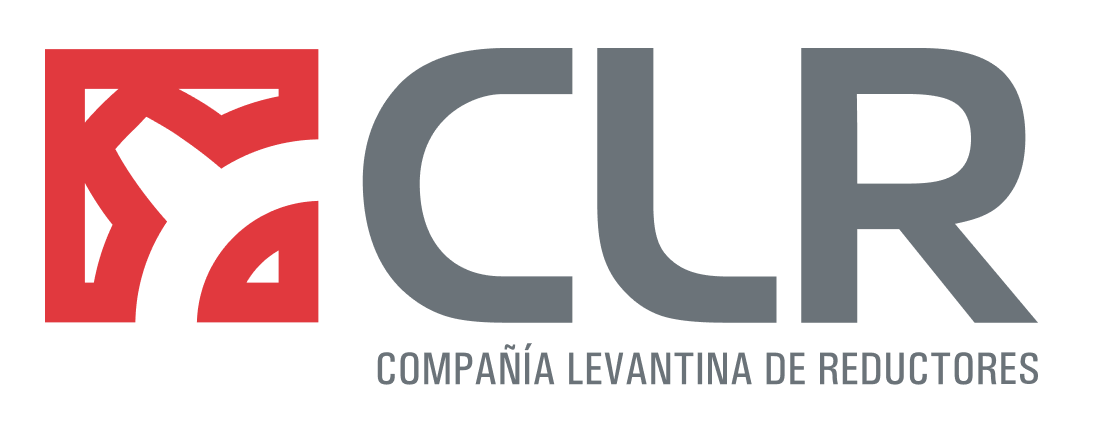
In many cases, the The mechanical strength of certain components is altered by the normal interaction between the parts that make up the machine. Los heat treatments constitute an effective and necessary method to eliminate or reduce the consequences of machining, to soften or harden a component and to partially or completely modify the characteristics of the material.
Do you want to know more? Continue reading this post.
What are heat treatments
Many materials that make up the machinery used in different commercial sectors pass through a inevitable loss of power, as a result of normal friction between mechanical parts.
This loss of power can affect any of the characteristics of the material, both in its Chemical constitution As in your structure. They correspond to the toughness of the machinery, the thermal power, the machinability process, the hardness and the resistance to wear.
You might be interested in reading: Everything you need to know about gearmotors and their components
All of them relate to the mechanical strength refers to the capacity of machinery to withstand, without alteration, the usual interaction of its components.
In the gearboxes and gearmotors, the Decrease in mechanical strength is common and can be alleviated through heat treatments. The problem of weathering it can be related to various reasons and, the most common or the one that should be considered to a large extent, is the time factor. That is to say, the Longevity of components in general.
In this regard, heat treatments are essential to alleviate the consequences of wear. This is a set of alloying and cooling methods that are applied to the material under various conditions (abrupt temperature, speed, alignment of metals, persistence over time, among others) for the purpose of optimize the mechanical properties of the material focusing mainly on its elasticity, hardness and resistance.
Learn about the treatments that CLR applies to improve the strength of gearmotor parts
Types of heat treatments
As we mentioned before there are different types of heat treatments and their variety is associated with the objective you want to achieve with such a procedure. This wide diversity implies in-depth knowledge in the field to arrive at effective solutions that require different mechanical requirements.
They exist Two main reasons for carrying out heat treatment:
- When it is intended to achieve hardening (tempering).
- When seeking the softening of the material (annealed).
Within these pretensions we find different procedures to arrive at them and achieve parts that are better adapted to the mechanical stress and the specific environment of each application.
We then develop the characteristics of the main types of existing heat treatments.
Recommended reading: 10 Tips to avoid fatigue breakage in your mechanical parts
Tempered
Tempering or tempering lies in the heating to a specific temperature that exceeds the transformation point of matterl with the objective of arriving at a certain crystal structure. Immediately a faster cooling to achieve a martensitic, austenitic or bainitic structure, which provides a great toughness.
This rapid cooling is achieved by introducing the material into water, salts, oils, gasses or air and its speed will depend on results that are sought to obtain and the specific characteristics of matterl.
In cases where a Temple Total , the cooling It is usually interrupted in a temperature which varies between 180° and 500° Achieving high strengths and hardnesses with minimal risk of deformation and variation of dimensions.
Tempered
In general, after tempering, this treatment is carried out, which exponentially improves hardness. Although tempering does the job, steel is very fragile in this state and must be tempered at a temperature between 150° and its transformation point. The variation in temperature and the duration of this treatment on the material will influence the final result in terms of strength and hardness of the steel.
Annealed
Contrary to the pretensions of hardness provided by tempering, annealing achieves a softening through balance in the structure crystalline that was deformed by exposure to cooling.
Cementation
It consists of the penetration of carbon into the surface of the material through heating at high temperatures (approximately 900°) in an environment that promotes the incorporation of carbon into the surface as a function of time. They are usually used gaseous media because they facilitate better treatment control.
After cementation, there is a rapid cooling in order to obtain optimal hardness, mainly in those steels with a low carbon content.
Nitriding
It consists of the incorporation of nitrogen into the surface of the material through a temperature What oscillates the 550° In a Saline medium or in an ammonia atmosphere for a specific time.
In this way lThe surface is enriched and strengthened with minimal deformation and without cracks, thanks to the low temperature of the heat treatment.
Carbonitriding
It consists of the incorporation of nitrogen and carbon which provides numerous pluses At mechanical components, making it one of the most used treatments. It is generated under the same conditions as cementation treatment, with the use of gaseous media.
You may also be interested in: CLR gear machining: what it is and what parts are obtained
Importance and advantages of heat treatments
In every business it is essential guarantee the quality, performance and mechanical strength of the machinery used. AND this is achieved through heat treatments which include these and other benefits such as:
- El increased long-term benefits of mechanical parts according to the needs of your application.
- Savings of weather and money.
- Increase Of lifecycle of the component.
- Mechanical resistance and yield of the product thanks to the hardness obtained in the treatment, which provides the cability to withstand tensile stress.
- Reduction Of weathering.
- Increase Of the Conformability and ductility of the material.
- Better part behavior, avoiding the insecurity that could be caused by a part without heat treatment.
The employment of heat treatments make it possible to obtain various characteristics in steel and its alloys, as well as other metals. In CLR we have more than 20 years of experience in designing mechanical components following the highest European quality standards.
We offer customized, tailor-made solutions. Configure with us the perfect gearmotor for your project.
¿Tienes un proyecto en mente?
We can manufacture your tailor-made solution, we accompany you at every stage of the project to offer the solution that best suits your application.
Do you have a project in mind?
We can manufacture your tailor-made solution, we accompany you at every stage of the project to offer the solution that best suits your application.








